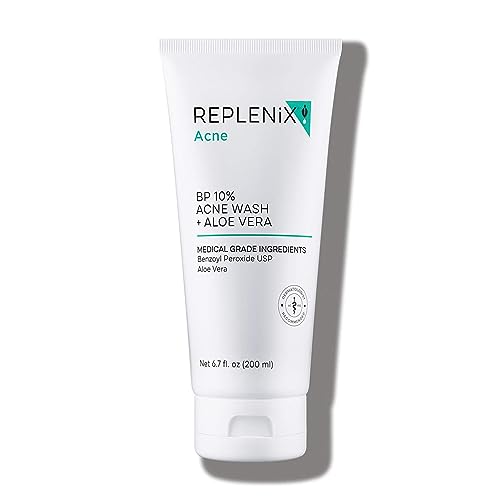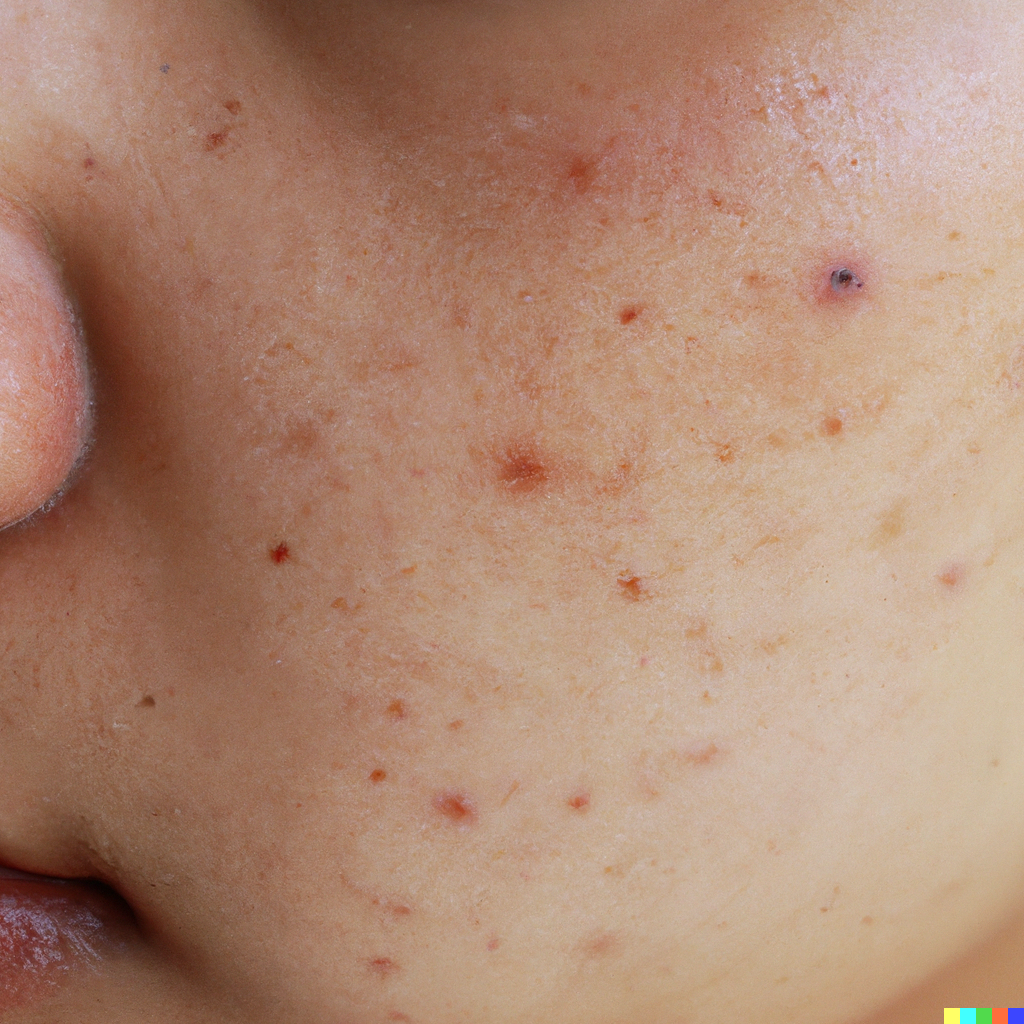Views: 0
Skin cycling has to be one of the biggest skin care trends to trend on TikTok over the past year. The #skincycling hashtag has over 3.5 billion views on the Gen Z-led platform and unlike many skin care trends, this is one experts can get behind. Until now, it has always referred to a skin care routine for your face. But now, our bodies are getting in on the action.
The coin “skin cycling” was termed by New-York based dermatologist Dr. Whitney Bowe, whose now-viral TikTok video has amassed more than 2.4 million views to date.
“Skin cycling seems to have resonated with so many people around the world because it’s a very intuitive, flexible framework that serves as a blueprint to teach you to listen to your skin,” Bowe told HuffPost. “You have a guide which provides structure, organisation and dials down the guesswork and stress when it comes to optimising your skin care routine.”
Let’s talk about why skin cycling is a practice that can be applied to the skin on your body, not just your face.
Skin cycling promotes the idea of using fewer skin care products per day. Many followers adopt a four-day cycle (see details here), changing the skin care products they use each night, rather than piling them all on at once. This not only offers a more balanced routine but also a much-needed break from acids and strong active ingredients. It looks something like this:
- Night one, exfoliation
- Night two, retinol
- Nights three and four, recovery
“People were adding layer after layer onto their skin care routines and experimenting with ingredient combinations that were irritating and damaging,” Bowe said. “It was a recipe for destroying your skin barrier.”
Aesthetician and product developer Alicia Lartey said that skin cycling works almost like a doctor’s prescription, whereby you use actives to combat a condition and then focus on hydration and recovery of the skin. This easy-to-follow routine is something that resonated with many people.
So what is body cycling?
The classic four-night skin cycling routine is suitable for the body, too, Bowe said. “Based on your skin’s needs, you can adjust the framework to meet your skin where it is. However, I recommend thicker, richer moisturisers for the body as compared to the face on recovery nights.”
The skin on the body is thicker, which means it can withstand stronger ingredients than the face. On the body, heavier creams normally work really well, but on the face they could clog pores.
Extra care should be taken if you are prone to eczema, psoriasis or other similar conditions and consult your doctor before following any new routine.
“The skin on the body tends to have fewer oil glands compared to facial skin, so moisturising is very important, particularly for dry skin and in dry conditions,” said New York-based board-certified dermatologist Dr. Hadley King.
Bowe explained that the face ages faster, as a result of facial expression and contracting muscles, but some areas of the body (like the knees or upper arms) are still prone to thinning. “We can see some similar skin concerns on the body as we see on the face: like breakouts on our chest and back, where oil glands are more concentrated. We see clogged pores on our upper outer arms and thighs,” Bowe said.
There are some ways to enhance this body cycling routine even further, explained board-certified dermatologist Dr. Anar Mikailov. “The key is to apply your body emollient when your skin is still slightly damp, within two to three minutes after getting out of the shower or bath.”
“For normal skin types, exfoliate two to three times a week, either in the shower with a gentle exfoliating wash, or with a gentle body serum or lotion. Look for low-dose AHA or PHA formulas. If you’re using an exfoliating wash, use your normal moisturiser after showering,” Mikailov said. For dryer skin, you might even benefit from moisturising twice a day.
The benefits of body cycling
Exfoliation not only helps with the skin’s texture, but also with dark spots and pigmentation, as well as minimising ingrown hair. Peptides and retinoids can help with the skin’s texture, while also preventing thinning skin, often seen on the hands, chest, upper arms and above the knees. “Retinoids also help to increase cell turnover, increase production of collagen and elastin, and decrease discolouration,” King said.
“Recovery nights are especially important, in my opinion — the skin barrier is just as important to support on the body as on the face,” Bowe said. The products used on recovery nights will strengthen the skin barrier and promote skin repair.
“Use ingredients like squalene, peptides, centella and all other skin conditioning agents like glycerine, hyaluronic acid, fatty acids and sometimes certain butters depending on your skin type (eg. petroleum jelly to act as a barrier),” Lartey explained.










